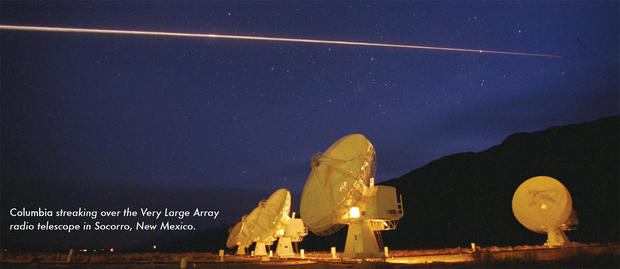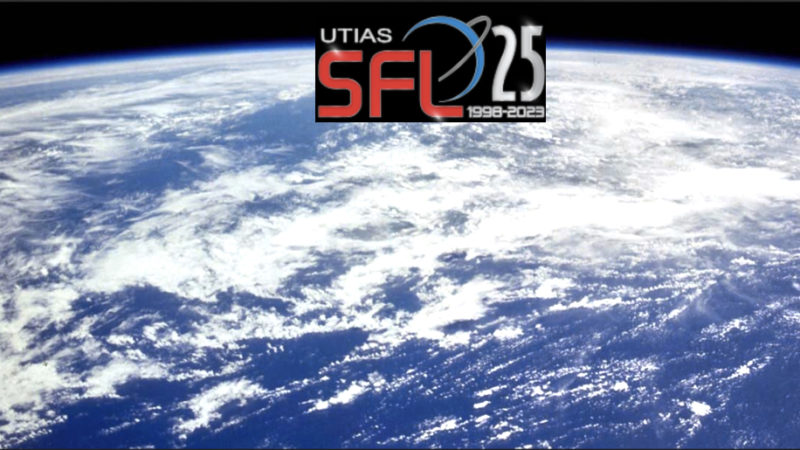An uncrewed Russian Soyuz spacecraft returned to Earth Friday (Sept. 6), bringing a humanoid robot home and wrapping up a first-of-its-kind test flight to the International Space Station.
The Soyuz MS-14 space capsule landed at 5:32 p.m. EDT (2132 GMT) Friday on the steppes of south-central Kazakhstan, where the local time was 3:32 a.m. EDT on Saturday. Sitting inside the spacecraft was no human crew. Instead, the Soyuz carried the humanoid robot Skybot F-850 and other Russian spaceflight gear.
“Landing occurred about 87 miles (140 kilometers) southeast of the town of Dzhezkazgan,” NASA officials wrote in an update. “Roscosmos personnel are on-site and have recovered the vehicle for postflight analysis.”
Video: Watch Soyuz MS-14 Undock from the Space Station
Infographic: How Russia’s Soyuz Space Capsules Work

A Russian Soyuz MS-14 carrying the humanoid Skybot F-850 robot and other gear is seen in this view from an International Space Station camera just after undocking on Sept. 6, 2019. The spacecraft landed in Kazakhstan later that day.
(Image credit: NASA TV)
Soyuz MS-14 is the first uncrewed Soyuz spacecraft ever to visit the International Space Station. The three-person vehicles have typically been used to ferry human crews to and from the orbiting laboratory over the years.
Russia’s space agency Roscosmos launched Soyuz MS-14 uncrewed on Aug. 22 in order to test the vehicle’s compatibility with an upgraded Soyuz 2.1a rocket. It was the first flight of a Soyuz capsule on the 2.1a rocket, which until then had been used to launch robotic Progress cargo ships.
Roscosmos officials also used the flight to test other upgrades to the Soyuz capsule designed to allow future robotic versions to return cargo back to Earth.
“The Soyuz MS-14 features an improved guidance, navigation and descent control system,” Roscosmos officials said in a statement. “The descent vehicle features a digital angle rate integrator unit-based control system with the fiber-optic gyroscopes instead of an analogous descent control system based on a free-attitude gyroscope.

Russia’s Skybot F-850 humanoid robot holds a Russian flag with cosmonaut Alexey Ovchinin for a photo in the Zvezda service module of the International Space Station in this photo released Sept.
(Image credit: Roscosmos via Twitter)
Soyuz MS-14 docked at the space station Aug. 27, a few days late due to a technical glitch on the station. The test flight gained wide attention due to its unique cargo.
In addition to 1,450 lbs. (657 kilograms) of supplies, the spacecraft carried the 6-foot (1.8 meters) Skybot F-850, a space version of the country’s FEDOR robots.
The robot was equipped with sensors to record what a human might feel during a Soyuz launch on the 2.1a rocket. Cosmonauts on the space station also performed a series of tests with the robot to study its potential for future space missions.
Email Tariq Malik at tmalik@space.com or follow him @tariqjmalik. Follow us @Spacedotcom and Facebook.






